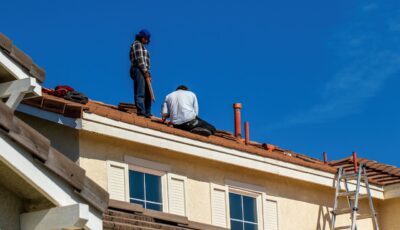Navigating Your Way Through The Professional Roof Repair Process
Imagine this scenario – you’re relaxing in your cozy sitting area, sipping your hot tea, and suddenly you notice a damp spot on your ceiling. Upon closer examination, you see more signs of roof damage – missing shingles, leaks and even mould spots. You realize it’s time to seek professional help for roof repairs. But like many homeowners, the thought of the entire roof repair process might leave you feeling anxious and unsure. This guide will aim to calm those fears by walking you through the professional process and detail the benefits of such an investment.
Why Choose Professional Roof Repairs?
Your first instinct might tell you to jump on the roof with a hammer and a box of nails. But the reality is, roofing repairs are not an ideal DIY project. They require a specific level of expertise that you, as the homeowner might not possess. A professional roofer can assess the extent of damage, identifying hidden issues you might overlook. Their knowledge could save you from making costly mistakes, and they are suitably equipped to handle heights ensuring safety protocols are met. Reputable professionals offer warranties for their work, this covers you against any eventualities after the repair.
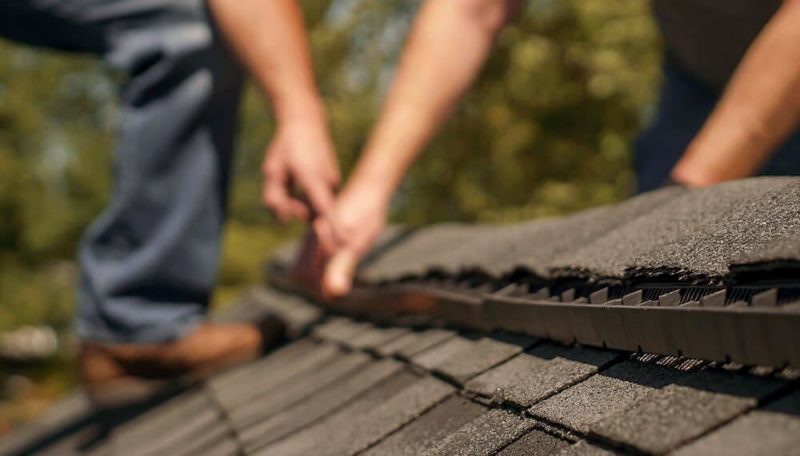
What Does The Roof Repair Process Involve?
The professional roof repair process involves five crucial steps. It begins with an initial inspection to evaluate the extent of damage. This is followed by damage assessment where roofing professionals identify and diagnose roofing issues. After assessing the damage, a repair proposal is presented to you. Once approved, the actual repair commences. Here’s what to expect at each stage.
Initial Inspection
The initial inspection is a thorough examination of your roof’s current condition. During this stage, the professionals inspect your roof inside out, identifying visible and potential issues. They’ll also analyse the surrounding areas like gutters and chimneys. This initial assessment gives them informative data to create a comprehensive repair forecast. Be prepared to answer questions about your roof’s age, history, last repair date and any other previous issues.
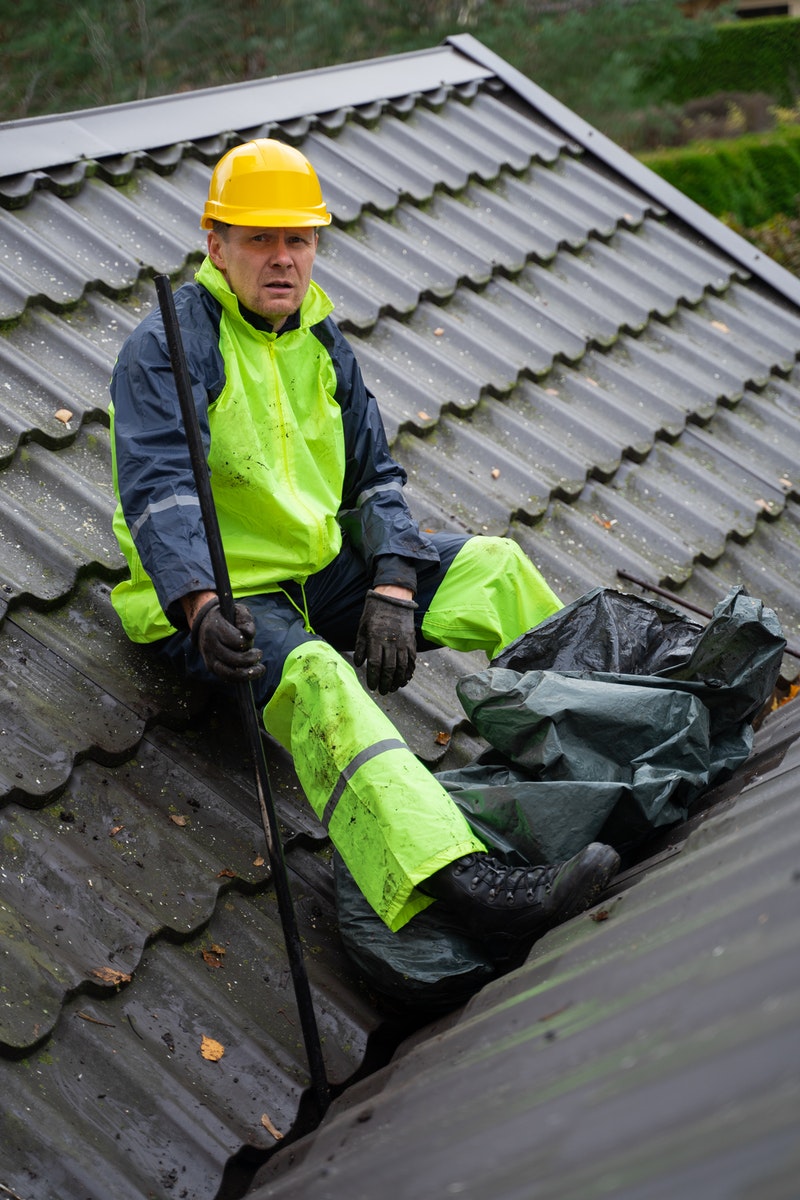
Damage Assessment
After the initial inspection, the professionals get down to the specifics of the damage. This could include a leak source, broken or missing shingles and tiles, or problems caused by severe weather conditions. They may also identify premature ageing, mould growth or poor quality installations. Understanding the damage severity and the work required helps shape the repair plan and estimate.
Repair Proposal
Following the damage assessment, you’ll be presented with a repair proposal. This comprehensive document will outline the identified damage, the proposed work, an estimated timeline, and the associated costs. It gives you a full picture of what needs to be done to restore your roof to its perfect state.

Your Approval
Giving your approval necessitates a good understanding of the repair proposal. Take your time to read through it and ask any questions you might have. Once you are satisfied with the outlined repairs, you grant the contractor the go-ahead to start the repair works.
Repair Execution
The repair execution is typically the longest phase. During this time, professionals will implement safety measures, use specialized equipment, and follow the approved repair plan. High-quality materials are usually employed to restore your roof to its former glory. The process is overseen by a project manager, ensuring work is executed on time and to high standards.
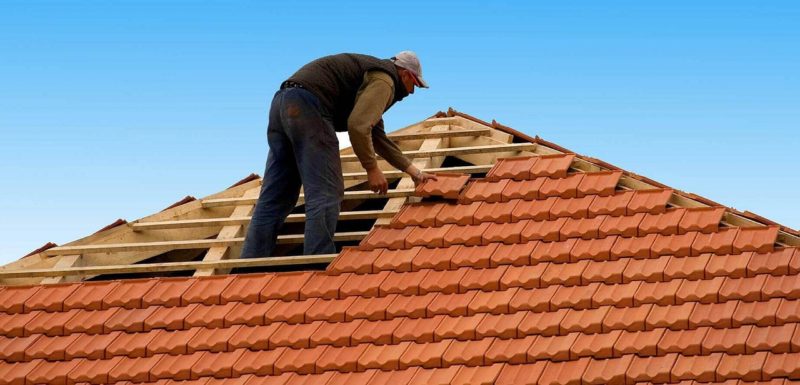
After The Roof Repair Process
Once the repair work is completed, a thorough cleanup of your premises is done. The contractor will also conduct a final inspection to ensure that all repair works adhere to quality standards. After this, they’ll provide a report detailing the completed job, allowing you to verify that everything was done according to initial agreement.
Tips For Choosing A Reliable Roofing Contractor
When selecting a roofing contractor, check their credentials – licenses, insurance, and certifications are some of the key things to verify. Consider their industry experience and ask for references from previous jobs. Have a list of questions ready to ask them, such as if they offer warranties, their timeline for the project, and what safety measures they implement.
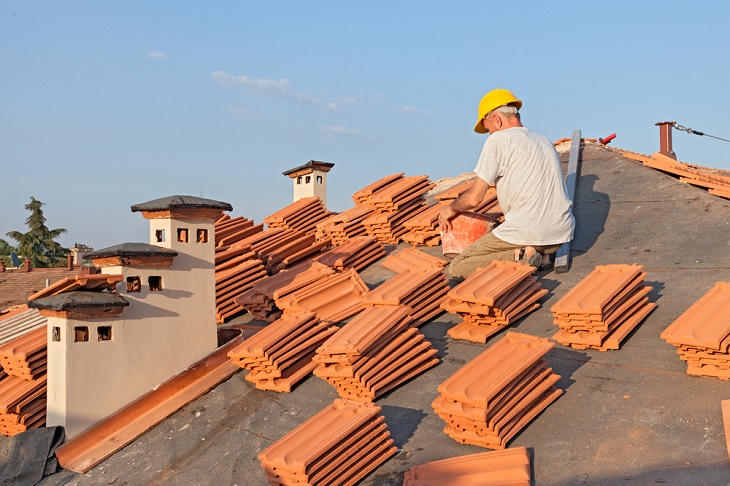
Case Study: A Successful Roof Repair Journey
Upon initial inspection, the contractor identified damaged shingles, a weather-beaten skylight and blockage in the gutters. A detailed repair proposal was given explaining how these issues would be addressed, the timeframe and cost. Mr. Smith gave his approval, and the team began the work. The roof was successfully repaired within the stipulated time, and Mr. Smith was delighted with the outcome.
Conclusion
Being proactive in maintaining your roof is crucial for the longevity of your property. The anxiety that comes with roof repairs can be lessened by comprehending what to expect and relying on the right professionals. Restorative action taken today can circumvent significant future damage, ensuring you and your family’s safety.


